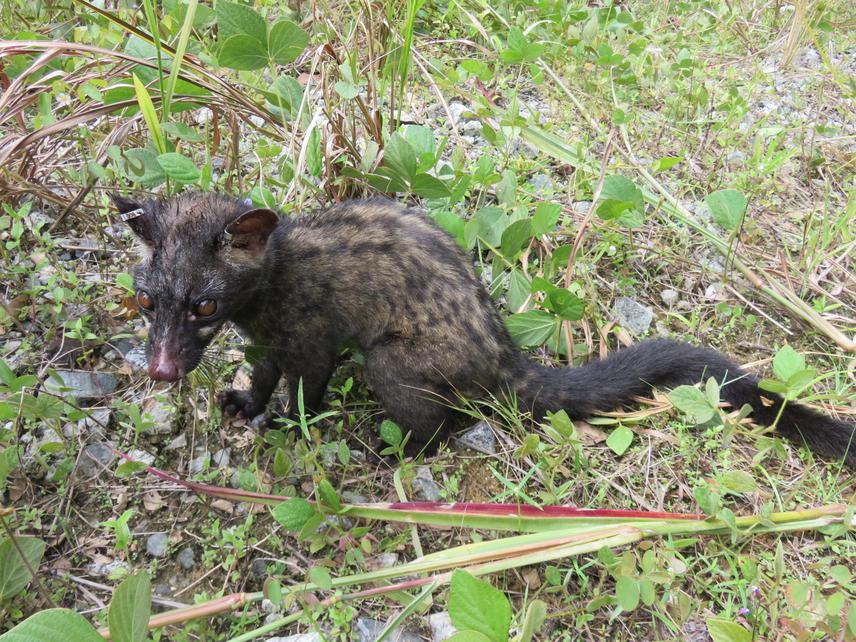Tabitha Cheng Yee Hui
The effects of habitat fragmentation on ecological communities are a major concern as forests are increasingly cleared to make way for anthropogenic developments. One popular way of reducing the impacts of fragmentation is the use of wildlife corridors to link disconnected habitat patches. The evidence that corridors work as intended to improve connectivity, species diversity and population persistence is conflicting, however. In this study therefore, I will track and analyse the movements of a diverse group of small mammals to determine what kinds of animals use corridors, how they use corridors and what features encourage them to do so. My specific aims are to:
1. Determine whether wildlife underpasses facilitate the movement of small mammals across highways.
2. Determine whether wildlife underpasses maintain community structure in fragmented habitats
3. Determine the factors which influence the use of wildlife underpasses by small mammals
4. Gauge the effectiveness of corridors in mitigating the impacts of habitat fragmentation

Paradoxurus hermaphroditus caught in viaduct.
Habitat fragmentation poses one of the most significant threats to the structure and persistence of animal populations and communities because it inhibits movement between fragments, isolating and reducing the viability of populations.
Fragmentation is most rapid in developing countries where land use change and the expansion of road networks are increasing, yet studies of its impacts and mitigation measures in these areas are few. Wildlife corridors linking habitat remnants are the most widely adopted strategy for halting the effects of fragmentation. There is a lack of consensus that corridors work as intended to improve connectivity, species diversity and population persistence however. The paucity of information about barrier effects on wildlife, especially rainforest animals, makes drawing conclusions about the effectiveness of corridors in mitigating the impacts of fragmentation difficult. Most corridor studies have been conducted in artificially created experimental rather than natural landscapes, temperate areas, focussed on only a few species, lacked replication, or had improper controls. I will address these gaps in knowledge by examining the community structure and movements of a large variety of mammals in fragmented rainforests connected at some points by corridors in Peninsular Malaysia.
Such studies are difficult with large, rare or wide-ranging animals, so I will use small mammals such as forest rats, squirrels and civets for which responses may be generalised to other species. Several lesser known groups such as gymnures, treeshrews and niviventers will also be targeted as their population status is unknown.
Smaller mammals are thought to be particularly susceptible to fragmentation due to their limited ability to travel over long distances through exposed habitats. They are thus likely to suffer severe impacts of fragmentation and would benefit from any increases in connectivity brought about by the construction of wildlife corridors. They are also important components of the ecosystem, being both prey for and predators of other species, as well as seed and pollen dispersers. Yet they are little studied as corridor use is usually examined using camera traps which are unsuitable for capturing small mammals in enough detail for species or individual identification. My study will employ live trapping and tracking techniques which can individually identify animals and assess accurately whether corridors provide functional connectivity between isolated patches. I will improve on previous studies by incorporating fragmented and intact forest controls in my comparisons so that the effectiveness of corridors in mitigating the impacts of fragmentation can be gauged.